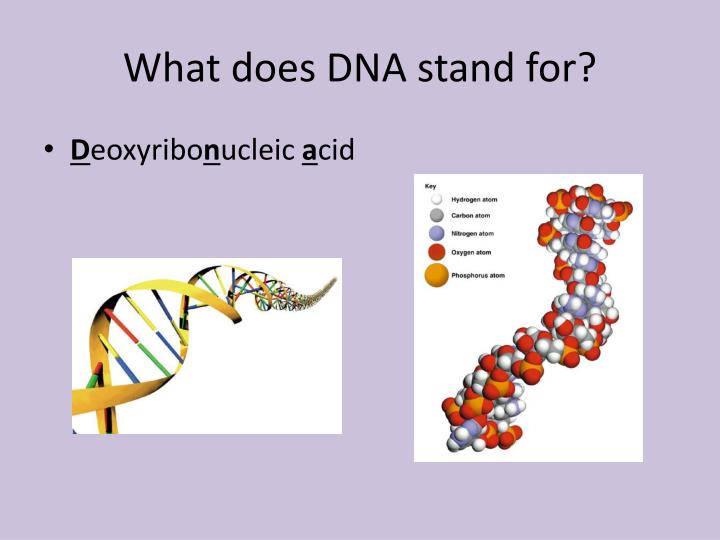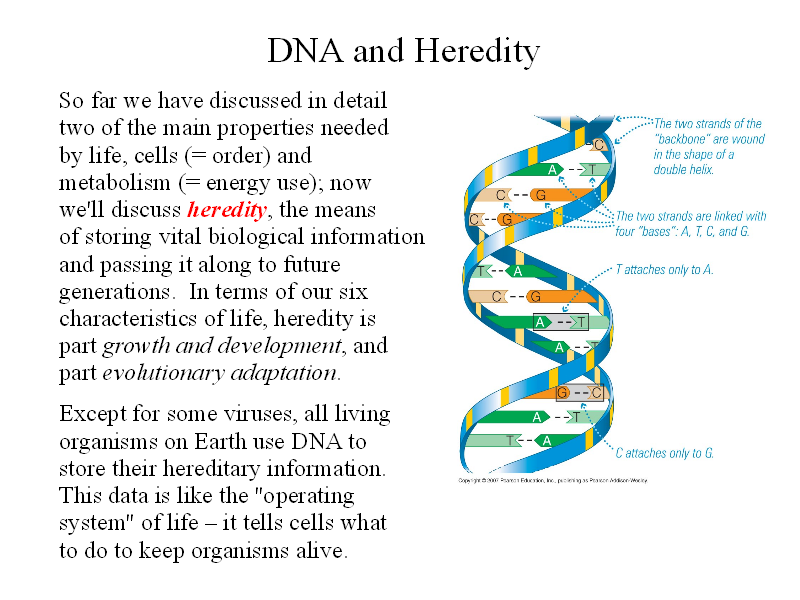
The two most common sources are DNA replication errors and intracellular oxidative stress.Įxogenous Sources of DNA Damage - One can find exogenous sources of DNA damage all around us. Endogenous sources of DNA damage are some agents or reactive oxygen species which are produced by the usual metabolic activities. Sources of DNA damage are broadly classified into the below two categories:Įndogenous Sources of DNA Damage - Mutations acquired over a certain time span can cause genomic instability and endogenous sources contribute a lot to these mutations. DNA lesions have the capacity to block genomic replication and transcription which can cause mutations and double-strand breaks (DSBs). On this page, we will learn about what is DNA repair, types of DNA damage, types of DNA repair, and other facts surrounding it.ĭNAs are constantly being attacked by genotoxic agents which can cause different types of DNA damage. DNA damage is mended through various DNA repair pathways which prevents apoptosis (cell death). DNA damage and repair happen in most cells on their own as the cells have their own repair systems which can enforce genome stability and in some higher eukaryotes, it can even prevent cancer. The other consequences of DNA damage include base loss, pyrimidine dimer, or cross-linkage. These DNA lesions can occur because of exposure to different kinds of radiation and result in either a single strand or double-strand breakage. There are also some DNAs that are present in the mitochondria (a structure within our cells that is responsible for converting food into energy that can be used by our bodies) which are called mitochondrial DNA (or mtDNA).ĭNA damage can happen in human cells due to several reasons and it can be as frequent as 10,000 times per living cell. Most of the DNAs are present in the cell nucleus (referred to as nuclear DNA).

Generally, all the cells in a human body have the same DNA. If DNA was not replicated, the cell cycle would stop, and cells would die.DNA stands for deoxyribonucleic acid which is the hereditary material present in almost all organisms including humans. These new cells need to copy the genome in order to successfully inherit the same genetic traits. This happens so that old cells can make new cells. When does DNA replication occur?ĭNA replication occurs in the S phase of the cell cycle.ĭNA replication is the process where DNA copies itself.

It is said to be found during the start of a gene. Z-DNA has a left-handed double helix structure. DNA will revert to this type when it's dehydrated. The function of this form is to protect DNA. What are the types of DNA?ī-DNA is the most common form of DNA and has a right-handed double helix structure.Ī-DNA forms in a shorter, right-handed double helix. The mitochondria are often called the " powerhouse of the cell" since they are responsible for releasing energy from food. Humans typically have 23 pairs of chromosomes or 46 chromosomes in total.Īpart from the nucleus, a small amount of DNA can be found in the mitochondria. All of an organism's DNA is called its genome.ĭNA is packed into chromosomes, which form genetic information to make genes. The nucleus is often called the " control center of a cell" since it is in charge of functions such as metabolism, growth and reproduction.

These instructions help organisms make proteins, which aid in carrying out bodily functions. Those UV lamps nail salons use? Researchers say they can permanently change your DNA What is the function of DNA?ĭNA contains all the important information in order for an organism to develop, reproduce and survive. The two strands are connected by chemical bonds between the bases. Each base can only pair with a specific opposite: Adenine bonds with thymine, and cytosine bonds with guanine. In these groups are deoxyribose and one of four bases: The strands are made of alternating sugar and phosphate groups. Just Curious: Your everyday questions, answered What is DNA made of?ĭNA is made of two winding strands that form a double helix, which looks like a twisted ladder. Let's break down some biology and learn more about this nucleic acid and what it does.
Dna stands for in biology skin#
From white blood cells to skin cells, each type has its own specific function which helps us perform tasks and survive.īut what makes up these cells and alerts them to do certain things? DNA is the foundation of all organisms and is responsible for development, function, growth and reproduction. In our bodies, there are trillions of cells.


 0 kommentar(er)
0 kommentar(er)
